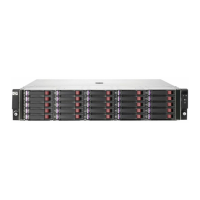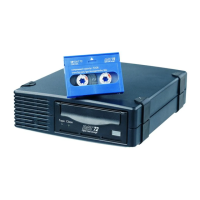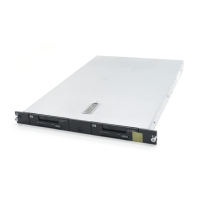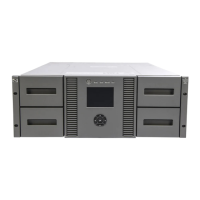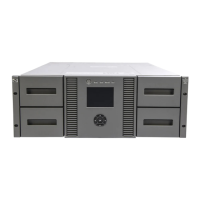5 HP D2D Backup Systems and Fibre
Channel
In this chapter:
• “Fibre Channel topologies” on page 65
• “Zoning” on page 65
• “Fibre Channel connection” on page 66
• “Fibre Channel (Configuration)” on page 67
• “Fibre Channel (Status)” on page 68
Fibre Channel topologies
The HP D2D Backup System supports a switched fabric fibre channel topology.
A switched fabric topology utilises one or more fabric switches to provide a flexible configuration
between several Fibre Channel hosts and Fibre Channel targets such as HP D2D Backup Systems.
Switched fabric configurations are implemented with Fibre Channel switches. Switches may be
cascaded or meshed together to form larger fabrics.
NOTE:
Other topologies will be supported at a later date. Please refer to http://www.hp.com/go/connect
or http://www.hp.com/go/ebs for the latest information.
Zoning
Due to complexities in multi-hosting tape devices on SANs, it is best to make use of zoning tools to
help keep the backup/restore environment simple and less susceptible to the effects of changing or
problematic SANs.
Zoning provides a way for servers, disk arrays, and tape libraries to only see what hosts and targets
they need to see and use. The benefits of zoning include but are not limited to:
• Limiting unnecessary discoveries on the HP D2D Backup System
• Reducing stress on the HP D2D Backup System and its library devices by polling agents
• Reducing the time it takes to debug and resolve anomalies in the backup/restore environment
• Reducing the potential for conflict with untested third-party products
Zoning may not always be required for configurations that are already small or simple. Typically the
bigger the SAN is, the more zoning is needed. HP recommends the following for determining how
and when to use zoning.
• Small fabric (16 ports or less)—may not need zoning.
D2D Backup System HP D2D4112 65

